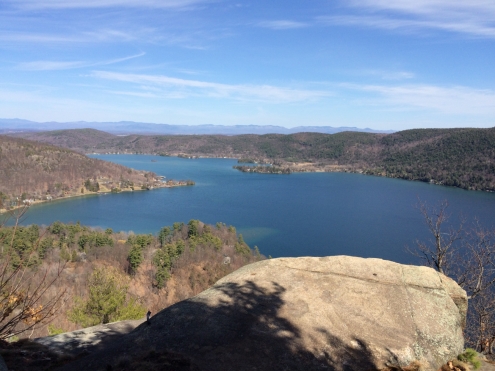
Photo of the “Reed Property” on the east shore and north toward Ticonderoga, taken from the west shore’s Roger’s Little Slide. (Click image to see full-scale.)
The Lake George Land Conservancy (LGLC) has purchased 140 acres that are part of the South Mountain range in Putnam, for the price of $210,000. The closing took place on December 15, 2015.
Contrary to its name, South Mountain is in the northeastern corner of Lake George, stretching between Mount Defiance in Ticonderoga and the Anthony’s Nose property in Putnam.
The acquisition of this 140-acre piece, the “Reed property,” is the first major accomplishment in LGLC’s South Mountain Initiative, a project that aims to protect the entire South Mountain ridge line with the goals of ridge line protection, wildlife habitat protection, and recreational connectivity.
The entire South Mountain ridge line, which is mostly undeveloped, is highly visible from Roger’s Rock and LGLC’s Cook Mountain Preserve in Ticonderoga, and is also a dominant part of the visible landscape from Fort Ticonderoga.

Full panorama of South Mountain range, from Mt Defiance to Flat Rock, taken from the west shore. Huletts Landing is visible on the opposite side of the lake – far right hand corner. (Click image to see full-scale.)
In addition to providing a continuous stretch of forest for wildlife habitat, the mountain range has been identified as a “core forest block,” in a 2013 study conducted by the Vermont Chapter of The Nature Conservancy in partnership with the Staying Connected Initiative. These forest blocks are key to providing habitat linkage from Vermont’s Green Mountains to the Adirondack Park for wide-ranging mammals such as the bobcat, fisher and moose.
The Reed property contains a large vernal pool, possibly one of the largest vernal pools in the Lake George watershed. Vernal pools are critical breeding habitats for amphibians, including frogs and salamanders. In addition, birds such as egrets, ducks, and hawks use vernal pools as a seasonal source of food and water.
A major focus for the South Mountain Initiative has also been to increase recreational opportunities, especially to connect existing trails in Ticonderoga to those managed by LGLC in Putnam. The acquisition of the Reed property was a necessary step towards this goal. The LGLC has been in ongoing conversations with neighboring landowners since the summer of 2015 to implement trail easements that would allow the creation of a public trail corridor nearly 7 miles long, stretching from Mount Defiance to LGLC’s Anthony’s Nose Preserve trailhead. Further efforts are also underway to connect Anthony’s Nose to LGLC’s Last Great Shoreline and Gull Bay Preserves. Once completed, the trail would have multiple trailheads and include several scenic viewpoints that would look out over Lake George and the greater Adirondacks, as well as Lake Champlain and Vermont.
Funding for the Reed property acquisition was secured through grants from the Helen V. Froehlich Foundation ($135,000) and the Wildlife Forever Fund ($10,000), and through individual donors, most of whom gave during LGLC’s annual celebration on July 31, 2015.
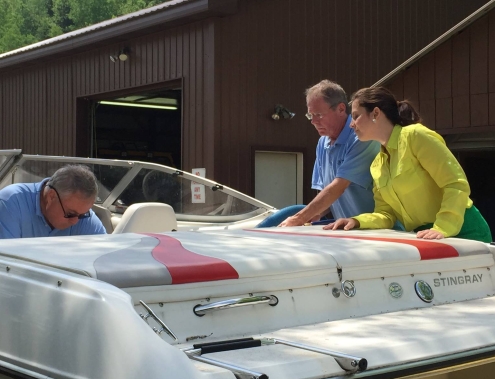





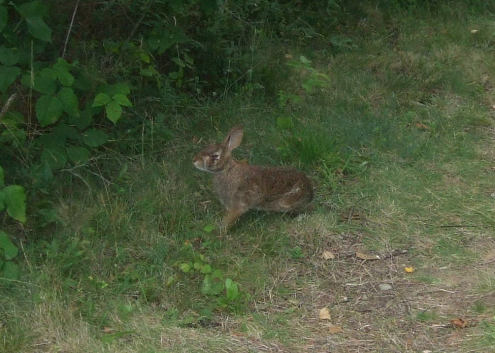
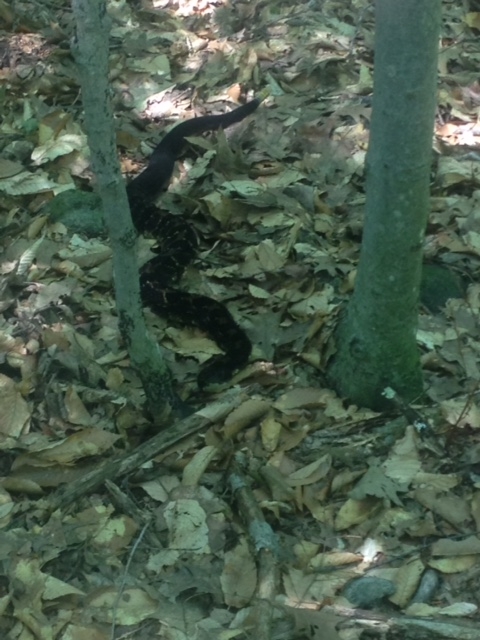
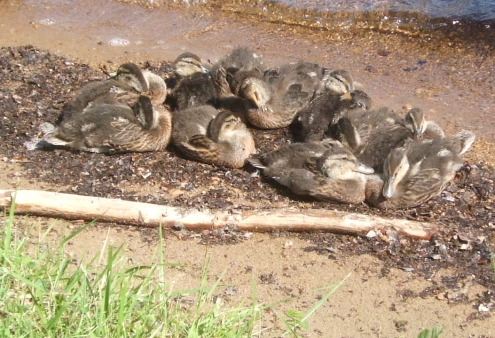
CarlHeilmanII_small.jpg)

